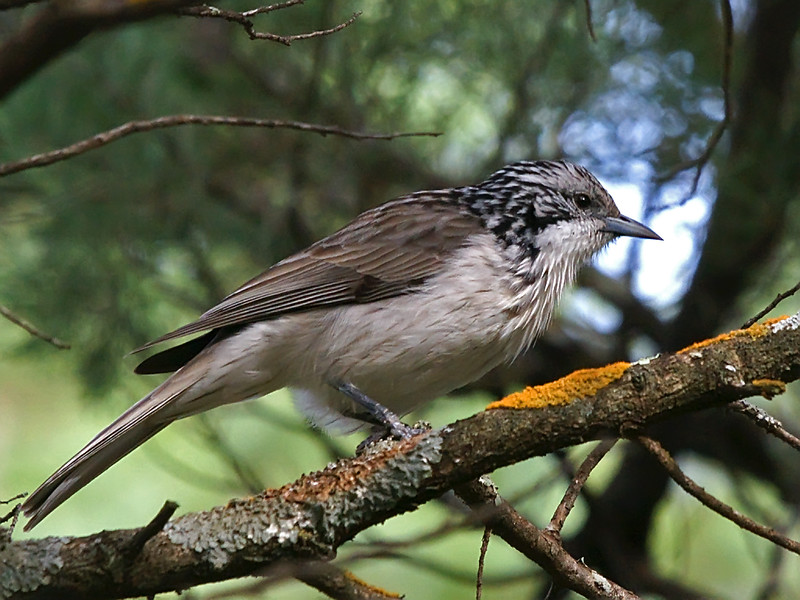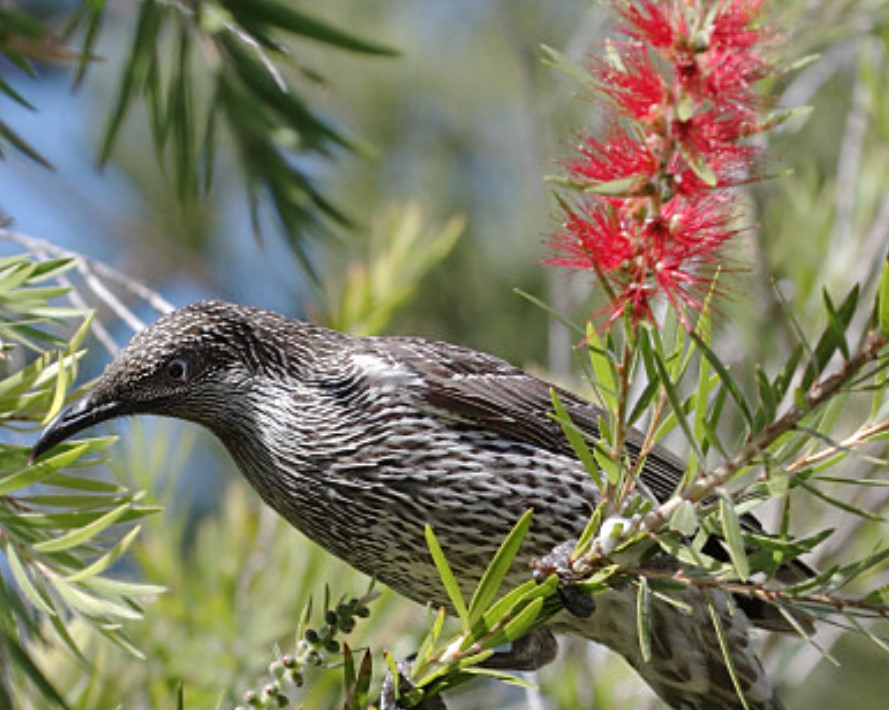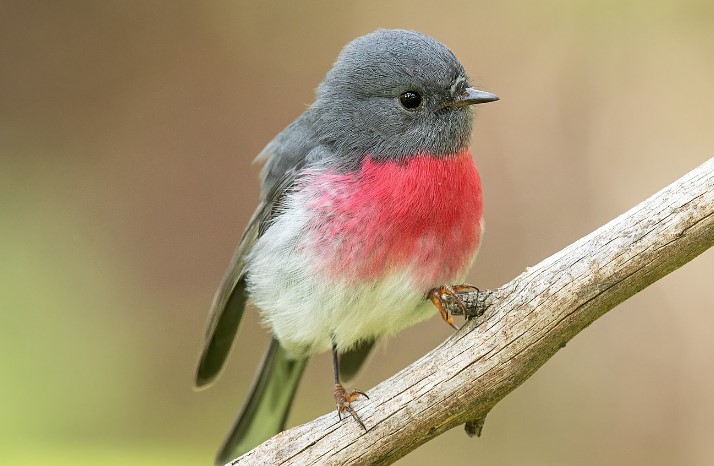This bird, known as the red-rumped wheatear or buff-rumped wheatear, belongs to the Muscicapidae family. Silty or partly stony semi-deserts and deserts in North Africa are the main habitats of this bird. This species is found in more vegetated areas in Morocco than in the desert, as well as in rocky hills. Kurdistan wheatear is another name for red-rumped wheatear.
With a relatively heavier bill, a bigger head, and broader, blunter wings, this wheatear is rather large, stout, and a little larger than Desert. At all times, the tail is rufous-buff, and the rump is rufous-buff (though the rump can wear very pale, even almost whitish). Approximately 15–16 cm is the length of the red-rumped wheatear.
It is rare for male wheatears to be as black and white as some other wheatears can be in spring and early summer. In adult birds, the crown and nape are a sandy-grey color, and the wing feather edges are pale. When plumage is fresh, even the smallest individuals can be distinguished from the desert by their black mantle (beware of individuals who have paler fringes on their mantle) and rufous tail base.
The female is very uniform, sandy or grayish-sandy, with a pronounced ginger wash on the head (less pronounced in greyer eastern birds); rump patch rufous-cinnamon; tail largely blackish with rufous at the base (more extensive than in males). It is possible for Red-tailed Hawks to overlap in winter in eastern parts of their range; however, they are smaller, with weaker bills, and have an inverted black ‘T’ in their tails similar to that of Northern Hawks, with rufous or (in nominate race adult males and some adult females) white at the base of their tails.
Nominated red-tailed males have black faces and throats, but the black doesn’t extend along the sides of the neck, and the mantle is dull grayish brown (rather than largely black), while the tail is less black, with a distinctive dark bar and a narrow rufous or white tip (when fresh).
In addition to some ginger tones on the head and in their structure and tail pattern, greyer eastern females of the red-rumped differ from the red-tailed. The birds are commonly found in pairs perched on bushy tops and wires. On the ground, the bird is closely associated with rodent holes, into which it often disappears when pursued.
The fresh adults have extensive pale fringes on their wings and a more rufous-buff rump than when they are worn; males have some pale scaling on the throat and also buffer below their wings. There is only a little scaling on the underparts and only a little spotting on the mantle of the juvenile; it basically resembles an adult female but has a little less ginger on the head. In autumn, first-years are very similar to adults, but the male has more rufous on the crown and the mantle feathers are more widely fringed, which obscures the black coloration. In the first spring flight, feathers are very abraded (fresher in adults).
The typical call includes a dull ‘trrrp’ and a short ‘k-wik’. Variable song, composed of sweet but throaty warbling phrases interspersed with whistling notes, gives a series of high-pitched warbled whistles at the height of courtship display. The territorial song of both sexes seems to vary geographically, from a harsher chattering song in the west to a more melodious song in the east. There are two races: Middle Eastern race brooksbanki is slightly larger and has grayish-black scapulars and mantle; females have less ginger on the head.
In North Africa, this species is common, but in the Middle East, it is local and uncommon. (Besides its mapped range, it has bred in Sinai.) It prefers flat, stony, and silty deserts or semi-deserts with scattered shrubs and an abundance of rodent burrows (where it often nests). During its breeding season in North Africa, the red-rumped wheatear has three broods from late February through June.
Sometimes they are hidden under bushes or in natural holes or cavities in walls, with the nest usually located in the burrow of a small mammal. Besides plant material, feathers, hair, and snakeskin shed by the animals are also used for the nest. There are four to five clutches, but little is known about this species’ breeding habits.
Read More: Desert Wheatear







